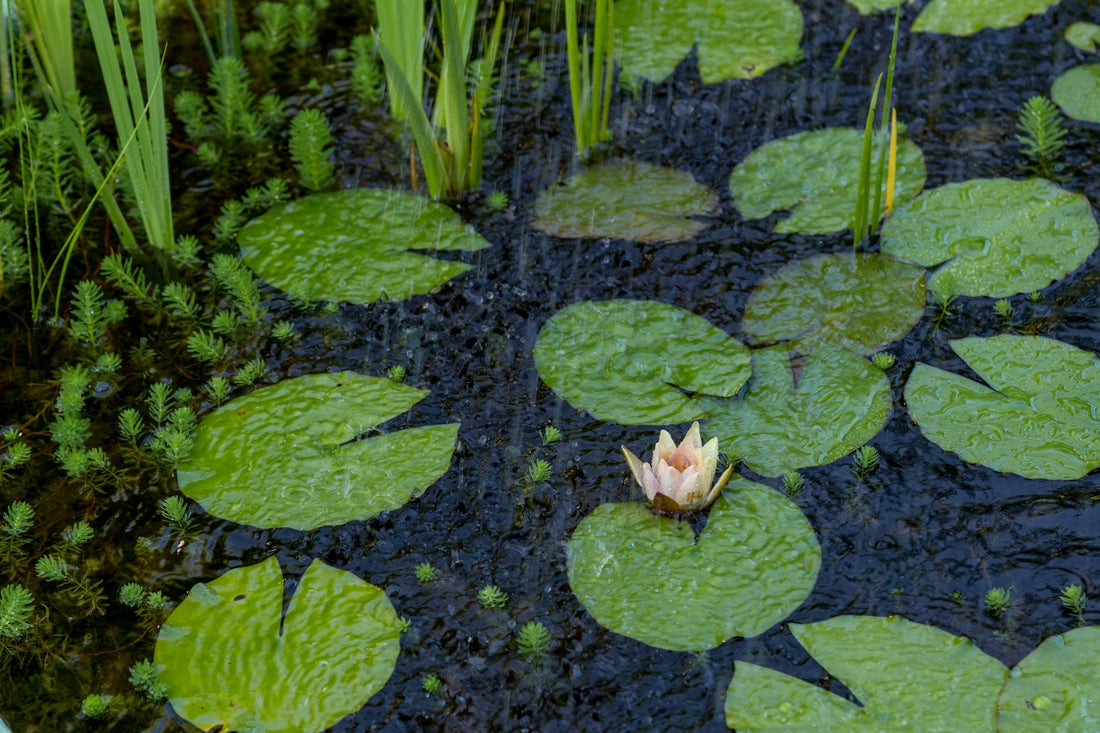Dealing with aquatic weeds can feel like an uphill battle for anyone enjoying the serenity of a lakeside property. These pesky plants not only disrupt the aesthetic appeal of your shoreline but can also hinder recreational activities like swimming or boating. Recognizing and addressing aquatic weed growth promptly is essential to maintaining a clean, inviting lakeshore that adds both beauty and value to your property.
BeachGroomer is dedicated to offering innovative solutions for lakefront property maintenance. Understanding how these weeds develop and what impact they have can empower property owners to make informed decisions about managing their water ecosystems effectively. Let's explore the different types of aquatic weeds that may settle in your lake and how they can affect both the environment and your lakeside lifestyle.
Identifying Common Types of Aquatic Weeds
To tackle aquatic weed issues effectively, it's important to first identify what you're dealing with. Here are some of the common types of aquatic weeds you might encounter in your lake:
- Emergent Weeds: These plants grow above the water surface. Cattails and bulrushes are common examples and can often be seen around the edges of lakes. Their tall presence can block views and access to the water.
- Submersed Weeds: These grow entirely underwater. Examples include hydrilla and elodea, which can form dense mats, making navigation and water sports challenging.
- Floating Weeds: Water hyacinth and duckweed are popular for floating over the water's surface. These can create large shaded areas, disrupting the aquatic ecosystem below.
Recognize the signs of invasion early on to prevent these weeds from taking over your lake. Look for changes like unusual brown patches, increased difficulty in swimming or boating, or sudden changes in water flow. Aquatic weeds can choke the life from a lake by blocking sunlight and oxygen, which diminishes water quality and threatens fish and plant life. By understanding what you're up against, you'll be better prepared to curb their growth and preserve the health and enjoyment of your shoreline.
Preventative Measures for Aquatic Weed Growth
Prevention is always better than cure, and the same holds true when dealing with aquatic weeds. By taking proactive steps, you can minimize the chances of weed growth and maintain a picturesque lakeshore. Regular inspection of your shoreline is key. By frequently monitoring your lake, you can catch weed invasions early, making them easier to manage. Introducing natural predators, such as certain fish species, can help control weed populations by feeding on them. This is a great way to keep weeds in check without resorting to harsh chemicals.
Maintaining good water quality is another effective strategy. Nutrient-rich waters often encourage weed growth, so it's important to keep these levels balanced. Implementing a routine maintenance schedule can also save you time and effort. By staying ahead of potential problems, you can ensure your lake remains a beautiful and inviting space without needing extensive cleanup later.
Effective Aquatic Weed Removal Techniques
When prevention isn't enough, it's time to consider removal. There are various ways to eliminate aquatic weeds, each with its pros and cons. Manual removal is a simple approach for smaller infestations. You can use rakes or pull them out by hand, though this method can be labor-intensive. Mechanical tools can help with large weed populations. Using machines specifically designed for aquatic environments can remove vast quantities efficiently.
Chemical treatments are another option, though it's crucial to choose products that are safe for the environment and follow all necessary guidelines. Avoid overusing these treatments, as they can affect the local ecosystem. One approach is to use tools that combine manual and mechanical methods with a focus on sustainability and effectiveness. By leveraging these innovative solutions, you can manage weed growth without harming the environment.
Maintaining a Weed-Free Lakeshore
Once you've successfully removed the weeds, it's important to focus on maintaining a weed-free zone. Consistent upkeep is fundamental to preventing weeds from returning. Regular maintenance, like trimming and monitoring water conditions, is crucial in keeping your shoreline pristine. Encourage the right aquatic plants that don't pose a threat to your lake and complement the local ecosystem.
A clean, sandy beach doesn't just enhance the visual appeal of your property, it adds significant value. Enjoying your lake to the fullest means ensuring a welcoming environment for family and friends. With these methods and a little effort, you can enjoy the pleasures of a weed-free lakeshore.
Enjoying a Pristine Lakeshore
Taking the time to stay on top of aquatic weed management offers a wealth of benefits. A well-maintained lakeshore provides a more enjoyable, accessible environment for recreational activities and can significantly increase your property's appeal and value. By integrating proven methods of prevention and removal, you create a habitat that's balanced and sustainable.
Embracing effective weed control allows you to relax and enjoy the natural beauty of your surroundings without the nuisance of invasive plants. With persistence and smart strategies, maintaining your dream waterfront becomes a simple and rewarding endeavor. So take the necessary steps, and transform your lakefront into a thriving and serene retreat.
Enjoying a well-kept lakefront is within reach, and thoughtful strategies can make it last. Balance and upkeep are crucial for sustaining your lakeside haven. If you're set to take the next step in enhancing your waterfront, explore BeachGroomer’s solutions for aquatic weed removal to keep your property looking its best.

